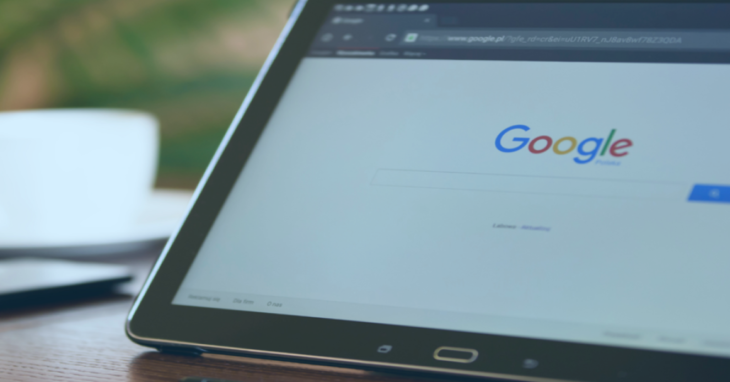
Google Drive is a software-as-a-service (SaaS). This means Google hosts this cloud service and makes it available for its users over the internet. Google Drive is also a public cloud service, which means this service provider supports multiple enterprises stored in the same environment. Google Drive provides all the same services and hardware for everyone over public internet.
Google Drive’s cloud model differs from Data Up as our cloud services are a private cloud.
A private cloud supports the data of a single enterprise. It’s also customized to the needs of the organisation, having specific hardware available that is required by the organisation. This service is only supported over a private internet network, and has a high class of security.
Refer to the image below for a comparison between public and private cloud;

Google drive has been a great tool for businesses and colleagues, to easily share documents and work collaboratively over the cloud. For those who use Google Drive, you’re probably familiar with one of the main features Google allows you to do, which is to invite people to your document via a link. When notifications are sent via Google Drive, it is sent from Google’s no-reply email address.
Cyber criminals are taking advantage of this feature, inviting users to collaborate on a document with them, which contains a malicious link, or even embedding the malicious link in the email itself! As Google sends their notifications from a no-reply email address, this makes these emails from cybercriminals look real. This makes it very difficult to know which Google Drive notifications are real or fake.
As more of us are working from home and using cloud services such as Google Drive, it’s important to be aware of security issues such as these. If you or someone in your organisation clicks on a malicious link, this could lead to company data and files being stolen or damaged, password credentials accessible to cybercriminals, and they may even request a ransom for your data returned.
Here are our top tips to minimizing your risk of clicking a malicious link;
⦁ Be suspicious of any unusual emails with attachments and links. These attachments and links most likely have a malware virus in them that will be activated upon clicking.
⦁ Before opening an email or clicking a link, consider who the sender is and what they are asking you to do.
⦁ Be suspicious of emails demanding personal information or urgent money requests.
⦁ Promptly update software, as cybercriminals are looking to take advantage of weaknesses in software.
⦁ Use a mail protection service, such as Data Up, to help you avoid accidentally opening a malicious email.
References:
Australian Cyber Security Centre, 2020. ACSC Annual Cyber Threat Report, Australian Cyber Security Centre, viewed 17 November 2020,< https://www.cyber.gov.au/sites/default/files/2020-09/ACSC-Annual-Cyber-Threat-Report-2019-20.pdf>.
Business News Daily, 2020. What is a Public Cloud, Business News Daily, viewed 17 November 2020,< https://www.businessnewsdaily.com/4583-public-cloud.html#:~:text=Google%20Drive%20is%20considered%20a%20public%20cloud%20service%2C,be%20accessed%20and%20shared%20on%20a%20virtual%20basis.>.
GeeksforGeeks, 2020. Difference Between Public Cloud and Private Cloud, GeeksforGeeks, viewed 17 November 2020,< https://www.geeksforgeeks.org/difference-between-public-cloud-and-private-cloud/>.
O’Donnell L, 2020. ThreatPost.com, Scammers Abuse Google Drive to Send Malicious Links, ThreatPost.com, viewed 17 November 2020,< https://threatpost.com/scammers-google-drive-malicious-links/160832/>.
TechTarget, 2020. Software as a Service (SaaS), TechTarget, viewed 17 November 2020,< https://searchcloudcomputing.techtarget.com/definition/Software-as-a-Service#:~:text=SaaS%20is%20one%20of%20three%20main%20categories%20of,%28ASP%29%20and%20on%20demand%20computing%20software%20delivery%20models.>.